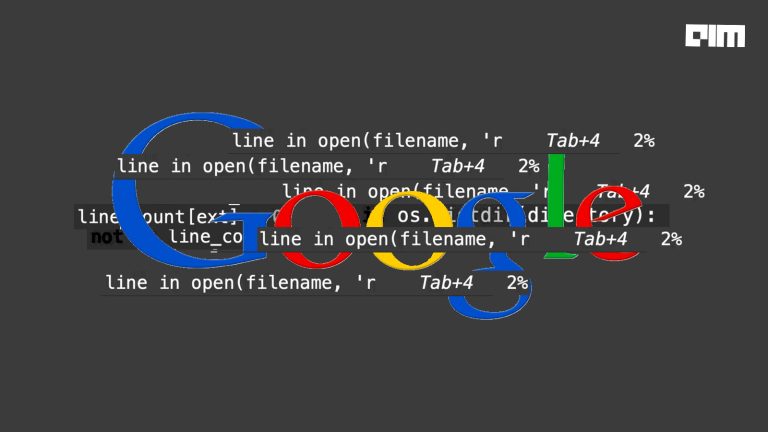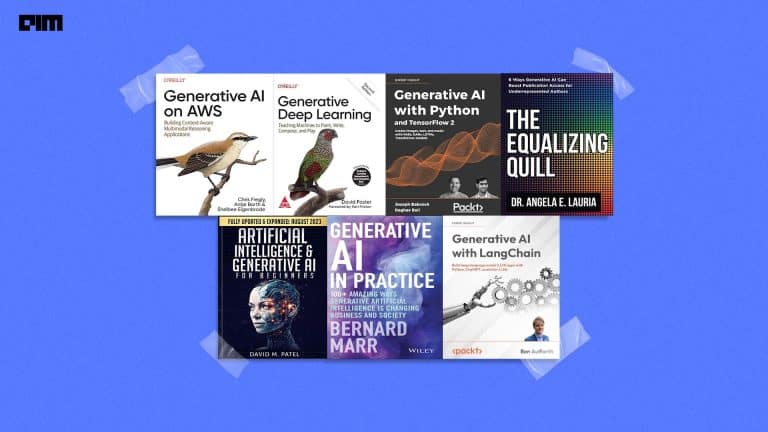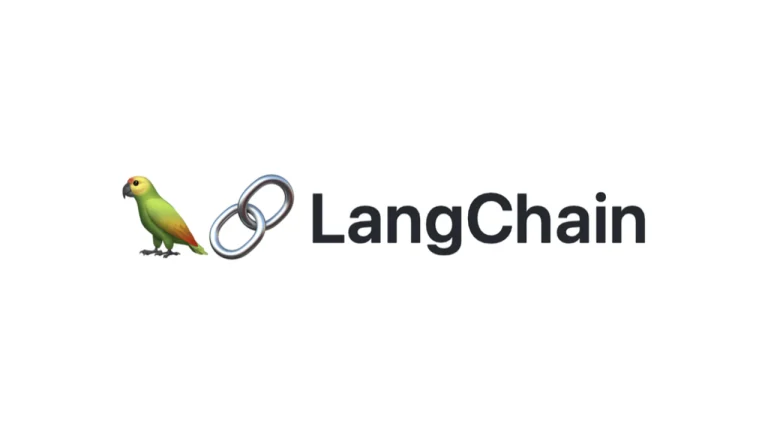Breast cancer is the most common cancer in women. Every year, this disease takes the lives of over half a million people worldwide. While successful treatment depends on early detection, the diagnosis of breast cancer is difficult due to the dense breast tissues. With the detection being subject to human error, the doctors looked for a way to improve the accuracy of the diagnosis.
A new study showed AI tools trained with a dataset of a vast amount of breast images could help in detecting traces of malignancy with better diagnostic accuracy.
How does AI detect cancer?
Deep learning architectures like CNNs (Convoluted Neural Network) work well in audio-visual recognition, conversational interpretation, NLP (natural language processing), medical image analysis, etc. Such AI tools are then trained on high-resolution images to detect, segment and classify them with the help of image analysis techniques. This process is called digital pathology.
The general learning process for ML is using supervised or unsupervised methods to provide labelled data for the algorithm to differentiate between positive and negative images. Meanwhile, in reinforcement learning, the AI model learns to classify positive and negative feedback without any supervision.
While ML relies on data and classification based on human-engineered features, deep learning algorithms use a different approach. Whilst in training, the AI learns the parameters necessary to classify between images by itself. The AI improves with exposure to more data and has the potential to discover new features.
Detection tools
Support Vector Machine: SVMs are generally involved when a large number of features are required to classify data into two or more decisions. The program parses data in the form of a straight, curved line or hyperplane to separate different classes with as wide a margin as possible.
In this algorithm, each data item is plotted as a point in an n-dimensional space. Here, the variable ‘n’ denotes a feature number of the unique coordinate value that it indicates. Classification is possible when the algorithm gets a hyperplane that best describes the classes.
The accuracy of a particular model can be evaluated by the percentage of correct predictions made by the model.
Accuracy = Number of correct predictionsTotal Number of predictions
The same equation can be converted in binary form as
Accuracy = TP + TNTP + TN + FP + FN
Where,
TP – True positives TN – True negative
FP – False positives FN – False negative
Thus,
Precision = TPTP + FP .
Convoluted Neural Networks (CNN): CNNs are used to explore patterns in an image by convoluting the image and identifying complex characteristics. CNNs are efficient in detecting anomalies in scans.
Neural network consists of three layers, the convolutional layer, the pooling layer and the fully connected layer. The first layer calculates the output of the neurons that are interlinked with the local regions. Each pathway is calculated by a dot product of weights and the region. These neurons or filters scan the image by sliding a window on it and identifying recurring patterns that may arise in any area of the image. The convolution is extended to overlapping windows if the stride hyperparameter is smaller than the filter dimension. Here, a stride is the interval between filters.
The convolution layers uncover features of images with precise position. However, the feature map changes even if the positions are changed by a small amount. To overcome this bottleneck, downsampling is applied at the output of every convolutional layer.
Challenges
One of the most fundamental challenges of AI integration is the accumulation of large datasets with appropriate labelling. The training of an AI model for rare diseases requires a larger dataset to ensure sufficient exposure to its variations and subtleties.
The interpretation of results of the AI tool by doctors, radiologists and experts in the field of Breast Cancer screening is another pressing problem. For proper integration, the medical officers must be trained in the appropriate use and limitations of such tools.
Future of breast cancer research
Automating the methods to identify breast cancer has the potential to improve the operational efficiency of radiologists and trained professionals by orders of magnitude. The research of the Department of Radiology at NYU Langone Health and its Laura and Isaac Perlmutter Cancer Center demonstrated the potential of computer-aided detection of breast cancer in patients. According to their research, by sampling 44,755 already completed ultrasound exams, the artificial intelligence tool was able to improve the efficiency of radiologists in cancer detection by 37%. Therefore, the need for confirmation through tissue samples or biopsies was reduced by 27%. Senior investigator Krzysztof J. Geras, PhD, said: “Our study demonstrates how artificial intelligence can help radiologists reading breast ultrasound exams to reveal only those that show real signs of breast cancer and to avoid verification by biopsy in cases that turn out to be benign.”



















































































